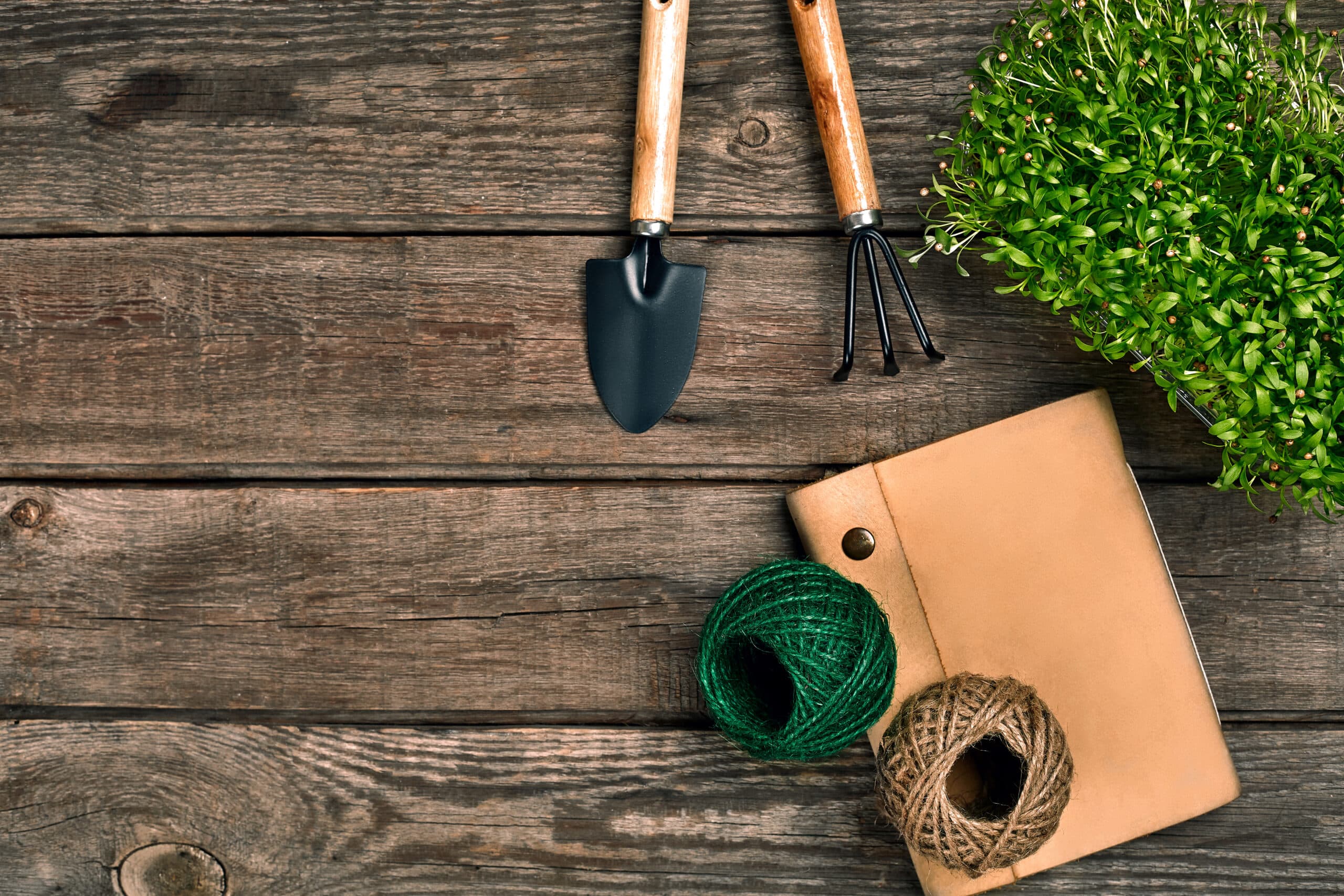How to Pack Garden Tools for Moving?
Key Takeaways
- Assess and sort your garden tools before packing to determine which ones are worth moving and consider replacing any duplicate or unusable tools.
- Clean your garden tools thoroughly before packing to prevent transferring dirt, mud, or plant residue and to avoid rust or damage during transportation.
- Gather necessary packing materials such as furniture blankets, bubble wrap, and packing tape to provide cushioning and protection for your garden tools during the move.
Moving can be a stressful process, and when it comes to packing up your garden tools, you want to ensure they are transported safely and securely. Whether you have a green thumb or just a few essential tools, packing them correctly will help protect them during the move and make unpacking easier at your new home. In this article, we will explore various tips and techniques for packing garden tools for moving, so let’s get started!
1. Assess and Sort Your Tools
Before you start packing, take the time to assess your garden tools and decide which ones are worth moving. Consider their condition, functionality, and whether it’s more cost-effective to replace them at your new location. If you have duplicate or unusable tools, it might be a good opportunity to give them away or dispose of them in an eco-friendly manner.
2. Clean Your Tools
Prior to packing, it’s essential to clean your garden tools to prevent transferring dirt, mud, or plant residue during the move. Remove any debris and give them a thorough wipe-down. This will not only keep your other belongings clean but also help prevent rust or damage to the tools themselves.
3. Gather Necessary Packing Materials
Before you start packing your garden tools, gather the necessary packing materials. You’ll need furniture blankets or regular household blankets, bubble wrap, and packing tape. These materials will provide cushioning and protection during transportation.
4. Group Tools by Size and Type
To make packing more efficient, group your garden tools by size and type. Separate the long-handled tools from the short-handled ones. This will help you determine how to pack them and use the available space effectively.
5. Secure Sharp Edges
If you have any tools with sharp edges or blades, take extra precautions to prevent injuries and damage. Wrap the sharp parts with bubble wrap and secure them with packing tape. This will ensure that they stay in place and don’t pose a risk during the move.
6. Pack Long-Handled Tools
For long-handled tools, bundle them together by laying them handle-to-handle and head-to-head. This will help protect the handles and keep them from shifting during transportation. Wrap the bundle with a moving blanket or a furniture blanket for added protection.
7. Pack Short-Handled Tools
For short-handled tools, place them in a toolbox or a sturdy box. Use cushioning materials like packing paper or bubble wrap to keep them secure and prevent any movement. Make sure to fill any empty spaces in the box to minimize shifting during transit.
8. Label and Inventory
As you pack your garden tools, it’s important to label each box or bundle with its contents. This will make unpacking easier and help you locate specific tools when you arrive at your new home. Create an inventory list of all the tools, their categories, and their condition. This will serve as a handy reference during the moving process.
9. Consider Professional Help
If you have large or specialized garden equipment like outdoor grills or propane tanks, it may be worth considering professional help from a moving company. They have the expertise and equipment to handle these items safely and securely.
10. Prioritize Safety
Throughout the packing process, prioritize safety. Take your time to ensure that everything is securely packed and protected. Wrap sharp or hazardous tools carefully, label fragile items appropriately, and use durable packing materials to prevent damage.
By following these steps, you can ensure that your garden tools are safely packed and ready to move to your new home. Remember to take your time, prioritize safety, and label everything clearly for a smooth and efficient moving process.
Related Websites:
FAQs:
Q: Why is it important to properly pack and transport garden tools?
Properly packing and transporting garden tools ensures they remain in good condition during the move. This prevents damage to the tools and allows for a seamless transition to a new garden or storage space.
Q: What supplies do I need to pack garden tools for moving?
To pack garden tools, you will need sturdy boxes, packing materials such as padding or bubble wrap, tape, and dividers or separators to protect the tools during transit.
Q: How should I protect sharp or pointed garden tools during packing?
To protect sharp or pointed garden tools, wrap them with padding or bubble wrap before packing them. This will prevent any accidental injuries or damage to other items.
Q: How can I save space when packing garden tools?
To save space, place smaller tools inside larger ones. This not only maximizes the use of available space but also provides added protection to the smaller tools.
Q: What should I do after moving to unpack and reassemble garden tools?
After moving, carefully unpack the garden tool boxes and organize the tools in a new garden or storage space. Reassemble any disassembled tools and inspect them for any damage.






